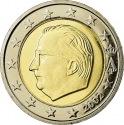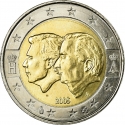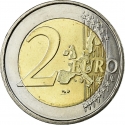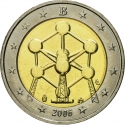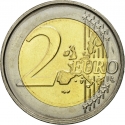You are about to finish your registration. Please check your mailbox (including spam folder). There should be a letter with a confirmation link. Check setting to make sure that your e-mail address is correct.
Send letter againDescription
In 1893, architect Victor Horta put the finishing touches to Tassel House, the founding work of the Art Nouveau movement in Brussels. The impressive modernity of its façade and its sumptuous interiors - all in stained glass, mosaics and wrought iron - have marked the history of architecture. 130 years later, Brussels plans to take advantage of this anniversary to celebrate Art Nouveau in all its diversity and stake its claim as the capital of this international artistic movement.
Art Nouveau, a decorative artistic movement that thrived from approximately 1890 to 1910 across Europe and the United States, was characterized by its utilization of long, flowing, organic lines. It found its expression primarily in architecture, interior design, jewelry and glasswork, posters, and illustrations. Art Nouveau emerged as a deliberate endeavor to establish a fresh style that broke away from the prevalent tendency of imitating historical art and design of the 19th century. The term "Art Nouveau" was coined during this period, first in Belgium by the publication L'Art Moderne to describe the works of the artist group Les Vingt, and later in Paris by S. Bing, who named his gallery L'Art Nouveau. This style was referred to as Jugendstil in Germany, Sezessionstil in Austria, Stile Floreale (or Stile Liberty) in Italy, and Modernismo (or Modernista) in Spain.
Obverse

|
Depicts a decorative detail from the facade of the ‘Hotel Van Eetvelde’, an iconic townhouse in Brussels which has been designed by the Belgian art nouveau architect Victor Horta and has been recognized as Unesco World Heritage. The curved, asymmetrical lines of this decorative detail reflect the characteristic nature-inspired style of the art nouveau movement. This detail fills up the bottom half of the piece, leaving a vacant space on the upper half, which is filled with the description ‘ART NOUVEAU’. The designer's initials on the right. The mint mark and the Mint Director's privy mark on the left. The country code BE and the year of issue below. The outer ring depicts the 12 stars of the European flag. ART |
|---|---|
Reverse

|
A geographical map of Western Europe spans the outer ring and inner core on the right side of the coin. The inscription 2 EURO is superimposed over the map of Europe, with the numeral “2” located in an open field representing the eastern Atlantic Ocean. 2 EURO |
| Edge |
The sequence "2 ★ ★" repeated six times alternately upright and inverted 2 ★ ★ 2 ★ ★ 2 ★ ★ 2 ★ ★ 2 ★ ★ 2 ★ ★ |
Characteristics
| Type | Commemorative Issue (Non-circulating) |
| Material | Bi-Metallic |
| Ring | Cupronickel |
| Center | Nickel Brass |
| Weight | 8.5 g |
| Diameter | 25.75 mm |
| Thickness | 2.2 mm |
| Shape |
|
| Alignment | Medal |
| Mint |
Royal Dutch Mint (KNM)
|






